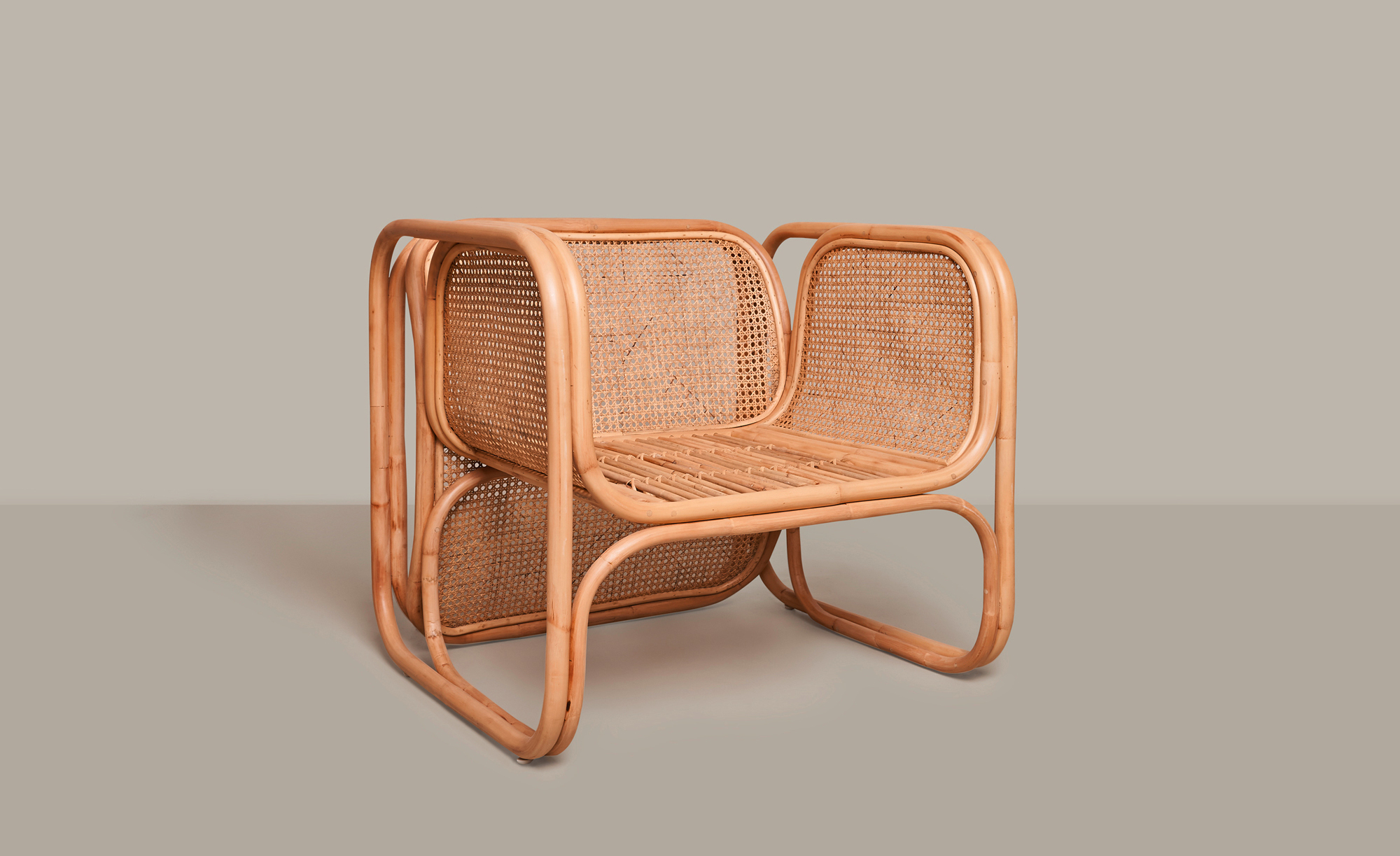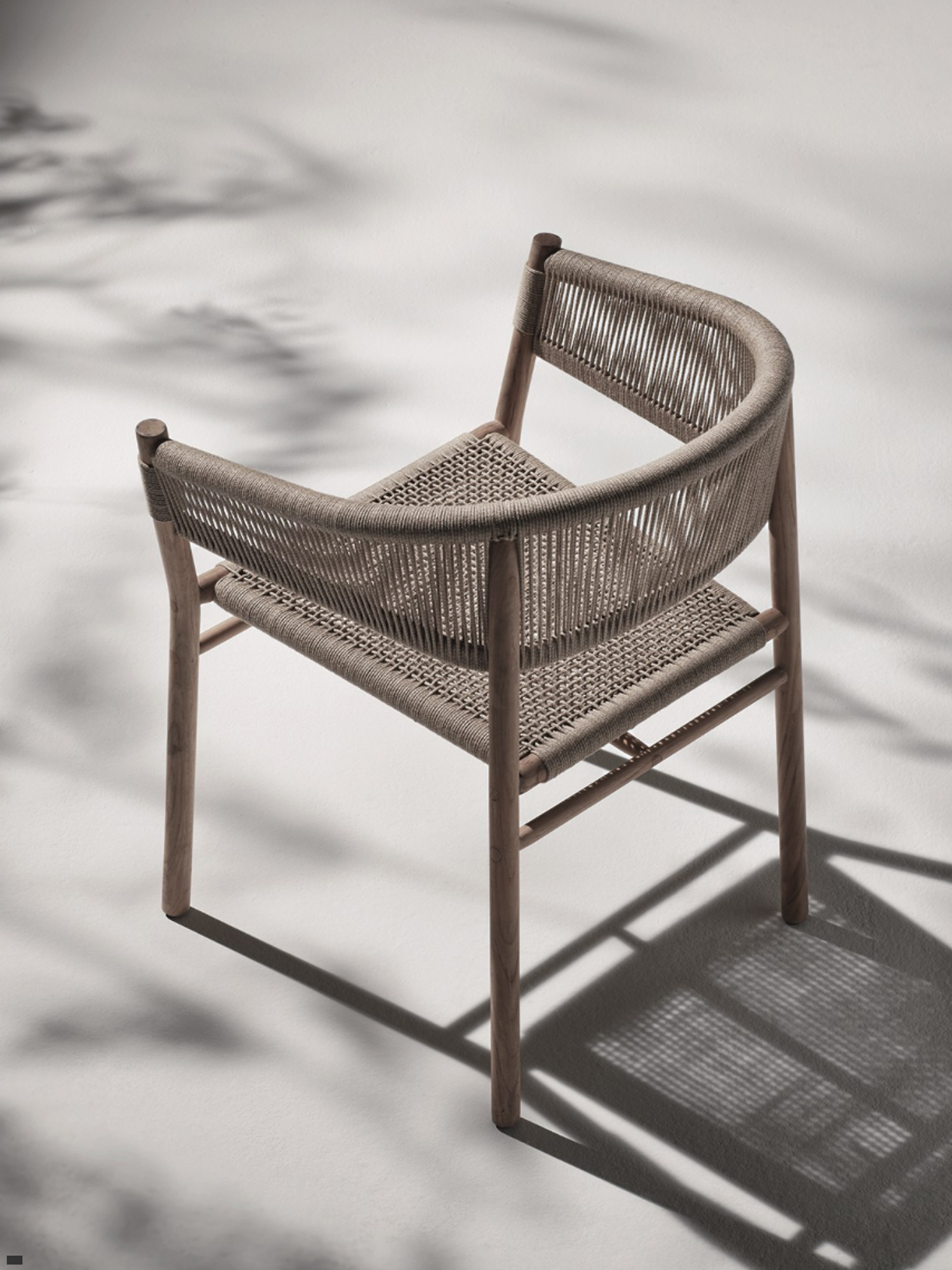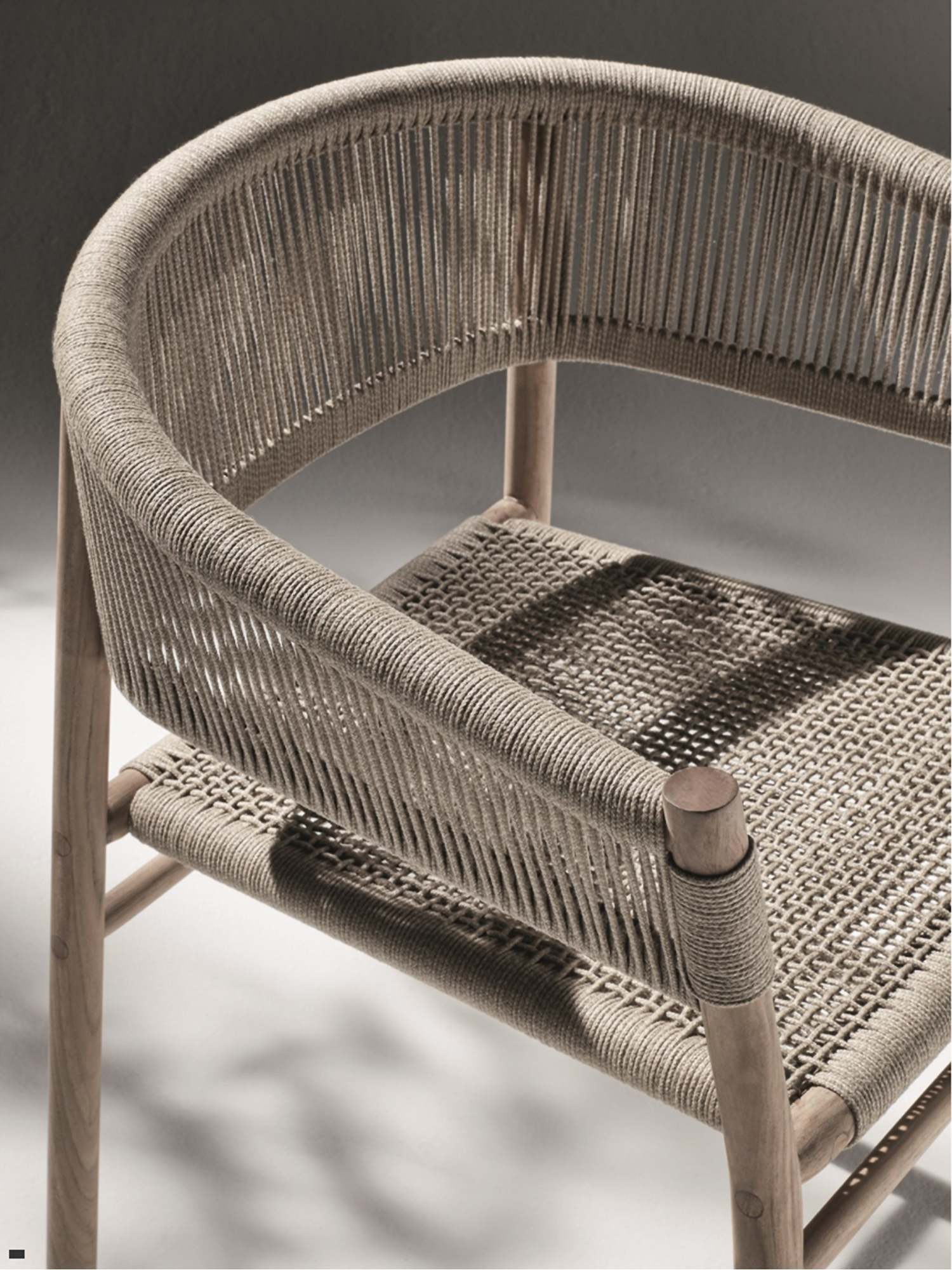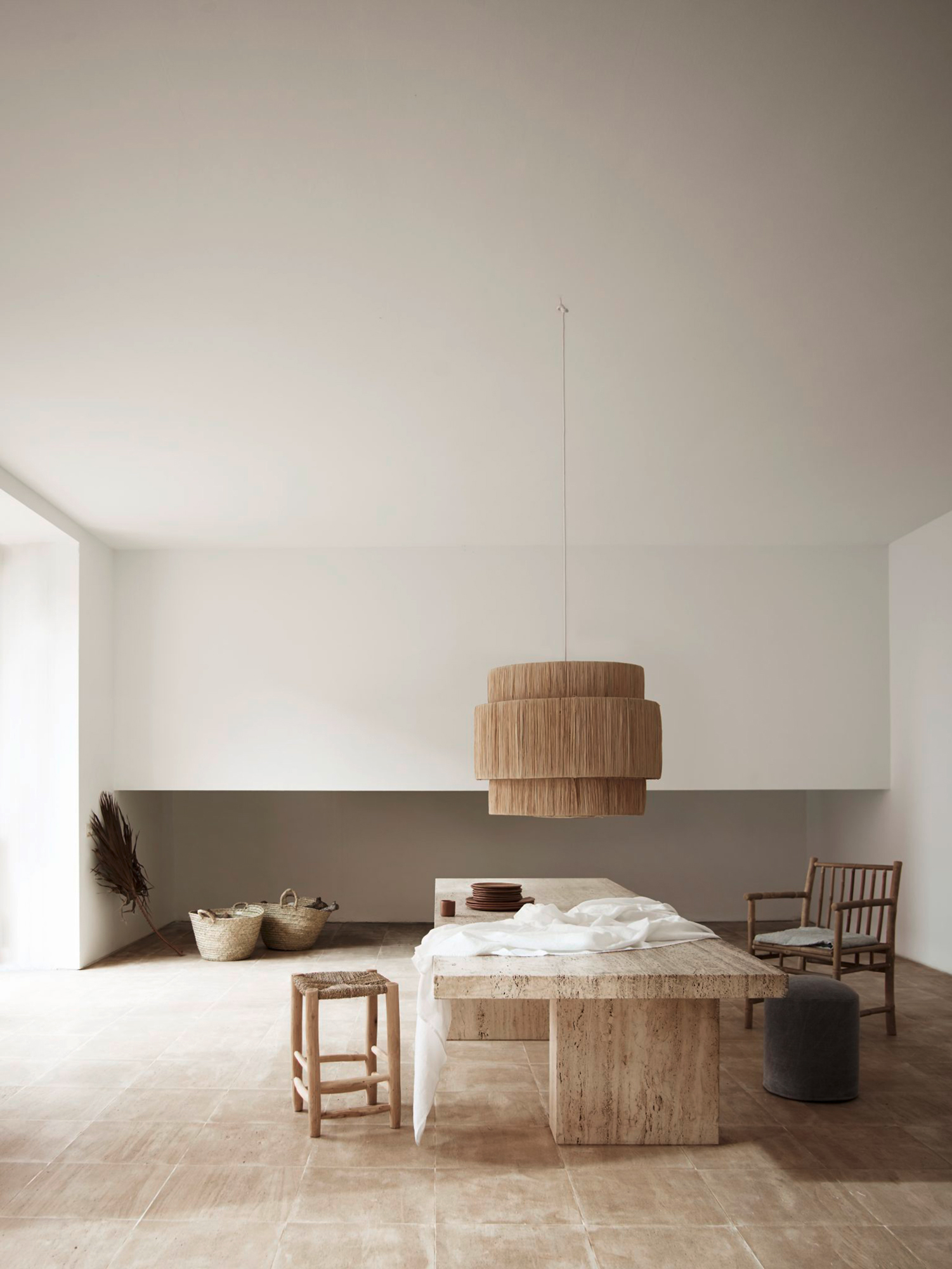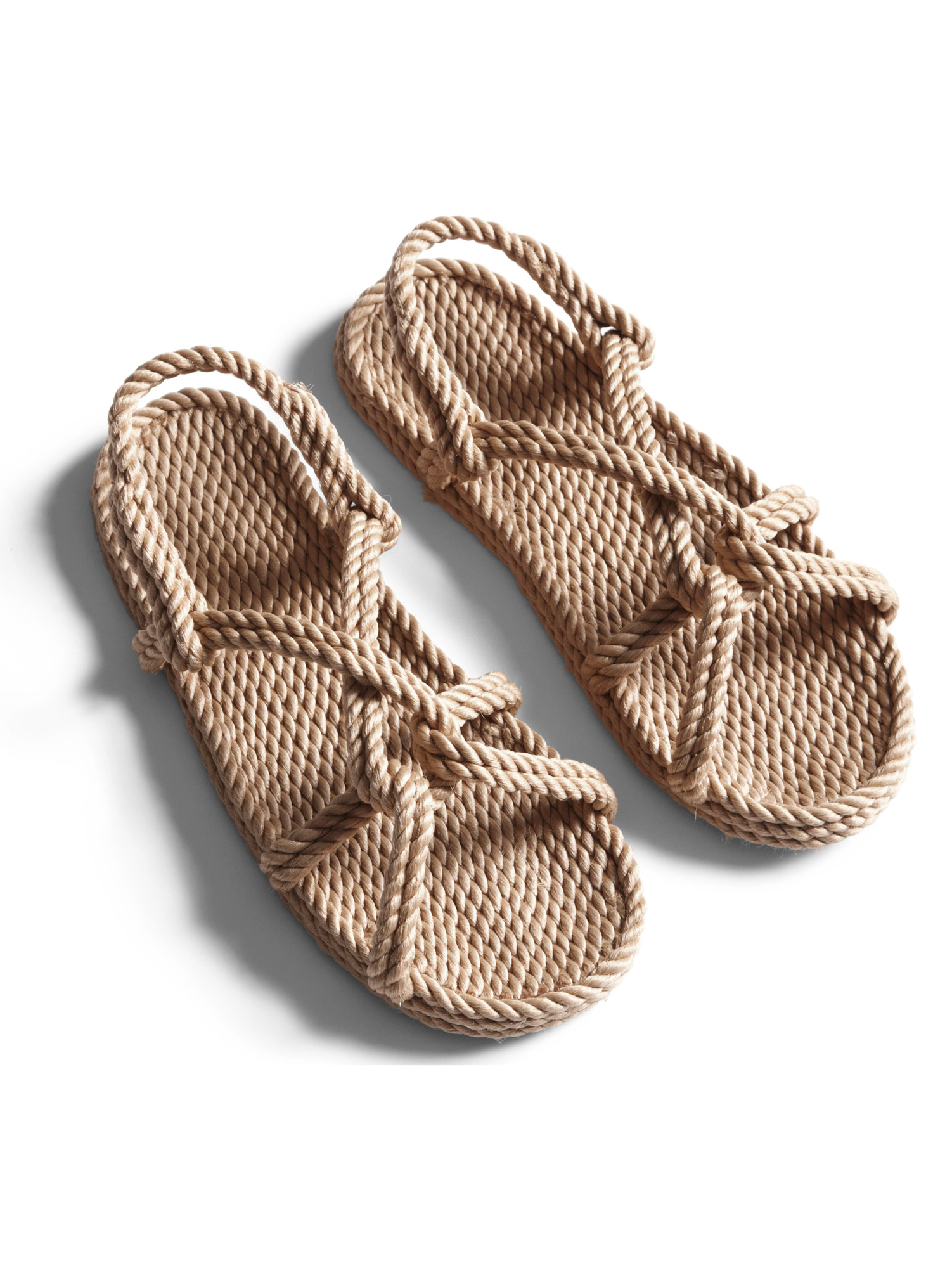Weaving – Design Network 2.0
Joan Billing & Samuel Eberli • 22.08.2019
It’s familiar from fashion: Everything always pops up again at some point as a re-interpretation. This now also applies to the interiors industry. Classy marble surfaces are trendy now, just like shiny copper items. The current trend for weaving can therefore easily be included in this context. Thanks to the latest return to established values and traditional handicraft, weaving is currently being re-discovered in fashion, design and architecture. It’s therefore no surprise that the German Commission for UNESCO already included weaving that is steeped in history as part of intangible cultural heritage in 2016.
When tradition becomes a trend – and old techniques are revived
The rediscovery of weaving fits in with the current return to slowing-down, sustainability and «less is more». And its belongs to the wide range of natural materials, which are currently used for interiors. Weaving is experiencing a real high together with wood, terrazzo, rough concrete or expensive, handmade ceramic crockery as part of this mega-trend. Until five years ago chairs with a woven straw seat were still regarded as old-fashioned. However, a glance at the latest exhibits at the furniture exhibitions in Milan, Paris or Cologne shows that this opinion belongs to the past. The new woven designs are minimalist and therefore embody an extremely successful interplay between the modern and tradition. This has given the most famous of all woven patterns, «Viennese wickerwork», a completely new and cool face, which has been taken up by both Danish labels and Italian furniture makers. Even well-known designers have refined their design pieces with it. Weaving with its splendid triumphal march is conquering shops, labels, interiors and influencers. You only need to enter the term «Viennese wickerwork» on Instagram or Pinterest and a large number of new interpretations will already pop up. They embellish walls, lights, cupboards, sideboards, side tables and bookshelves just as much as fashion accessories. Weaving can be combined with every style of interior – from Scandinavian minimalism to boho-flair. But anyone who thinks this is new, needs to be persuaded to change their minds. It has already existed for centuries and it seems that every generation develops a preference for it at some point.
Weaving – one of the oldest human handicrafts
Weaving goes back to the time of the hunter-gatherers, when woven receptacles were still used for transport and storage. People became sedentary during the New Stone Age and promoted its full potential. Discoveries in the Egyptian pyramids show the use of stools made of rushes. In every corner of the globe people developed their own weaving techniques using the natural materials that were available. Until the 17th century exclusively regional, pliable materials such as wicker, straw, raffia, brushwood and rushes were used for weaving. The material rattan made its major breakthrough only in the middle of the 18th century. The functional prototype of simple upholstery made of woven straw, designed as an anonymous everyday design, could be found in farmhouse parlours, churches and royal houses. During the Baroque and Classist eras, from Biedermeier to Art Nouveau, weaving was carried out during all these periods, but the major breakthrough came only in 1859 with the Viennese coffee shop chair by Thonet.
The Viennese coffee shop chair – a true classic
The «Viennese wickerwork» is celebrating its big comeback. The chair with the striking wickerwork seat, also called octagonal or combed wickerwork, is one of the classics of furniture history. The name «Viennese wickerwork» is thanks to the traditional German company Thonet. Called to Vienna by Count Metternich, Michael Thonet designed the «No. 14» chair model in 1859, the so-called Viennese coffee shop chair, which caused quite a stir. Its revolutionary features were on the one hand the rattan wickerwork and on the other hand the bent wood, which was bent under a high heat with steam. This used a small amount of wood, making the chair very light. It was able to be mass-produced and was affordable for everyone. Chair «No. 14» is considered to be the chair of all chairs. As a result, Michael Thonet became the pioneer of furniture production and received a gold medal for this chair in 1867 at the World Exhibition in Paris. By 1930 over 50 million chairs had been sold. The Thonet company still continues the old traditions today and at the same time is also following completely new paths with contemporary designers. No wonder that the Thonet company will be celebrating its 200th anniversary in 2019.
Iconic woven furniture – from Bauhaus and the Modern era
Designers of the Modern era focussed on old handicraft in their furniture at the beginning of the last century. Marcel Breuer’s steel tube cantilever chair with wickerwork is regarded as a best-seller of Bauhaus design. The architect Charlotte Perriand designed the Méribel stool and the Mid-Century Méribel chair using wickerwork. However, the enthusiasm of the Modern era for the old handicraft is easy to explain. It follows the principle of «form follows function», on which all natural wickerwork techniques are based. The designers of the Scandinavian Modern era Alvar Aalto or Hans Wegner produced unforgettable wickerwork icons of Danish design. Wegner needed 120 metres of paper cord for the hand-woven seat of the CH24 chair from 1949. In doing so she developed new materials such as wide linen straps or paper string called «Danish paper card», while in the south the seats for chairs were woven from seaweed. The paper string weave is bound to be the next thing to make a major comeback.
Architecture – weaving art
The woven surfaces also have potential in architecture, because weaving represents the simplest of all building principles. The first indications of this new trend were already evident in 2008. If we remind ourselves of the impressive «Bird’s Nest» stadium by Herzog & de Meuron for the Olympics in Beijing. This was followed in 2010 by the flagship store of Hermes in Paris on Rue de Sèvres. In an Art Déco swimming pool under monument protection dating back to the 1920s, there are three impressive basket-like woven works made of wooden slats with a flattened, oval basic shape, which taper upwards. They are reminiscent of the first huts or wigwams and the 8 metre height and diameter of 8-12 metres is impressive. The woven roof by the architect Shigeru Ban for the Centre Pompidou in Metz demonstrates the newly awoken love of weaving. However, nature has already led the way for us. Weaver birds build their brood nests with stalks into real works of art in all variations, from nests on the floor to hanging nests that are round or with a side hole entrance. Nothing is too laborious for securing the upbringing of the next generation.
Perhaps the new enthusiasm for weaving is also a symbol of the new need for a network, which is becoming increasingly important for every individual in our global, fluid world!
